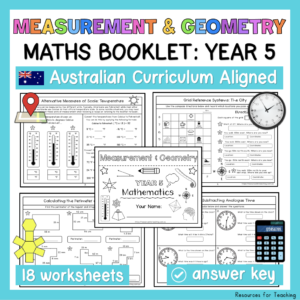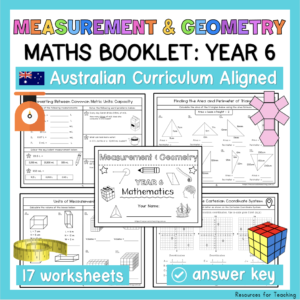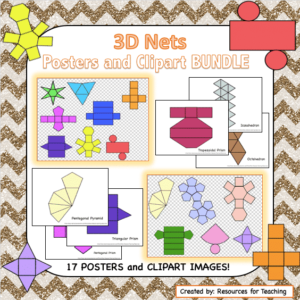Description
The PowerPoint presentation contains background information about prisms and pyramids such as:
• What is an apex?
• What is the similarities between a prism vs pyramid?
• What is the difference between a prism vs pyramid?
• Features of objects (e.g. lines, edges, faces)
• A warm up task focusing on real life objects (e.g. a tissue box; which is a prism because it doesn’t have an apex)
• A warm up task focusing on identifying 2D and 3D objects on a house (everyday situations)
This information will assist students with facts needed to complete the hands-on activity.
The several worksheets allow students to be grouped based on ability levels. That way, the class to work at their own pace and physically construct and shapes with a team to enhance their understanding.
Once the model is complete, students complete a fact sheet about their given shape; including: number of edges, vertices, faces. Then students can compare their given object with another group and contrast the similarities and differences between the shapes.
















